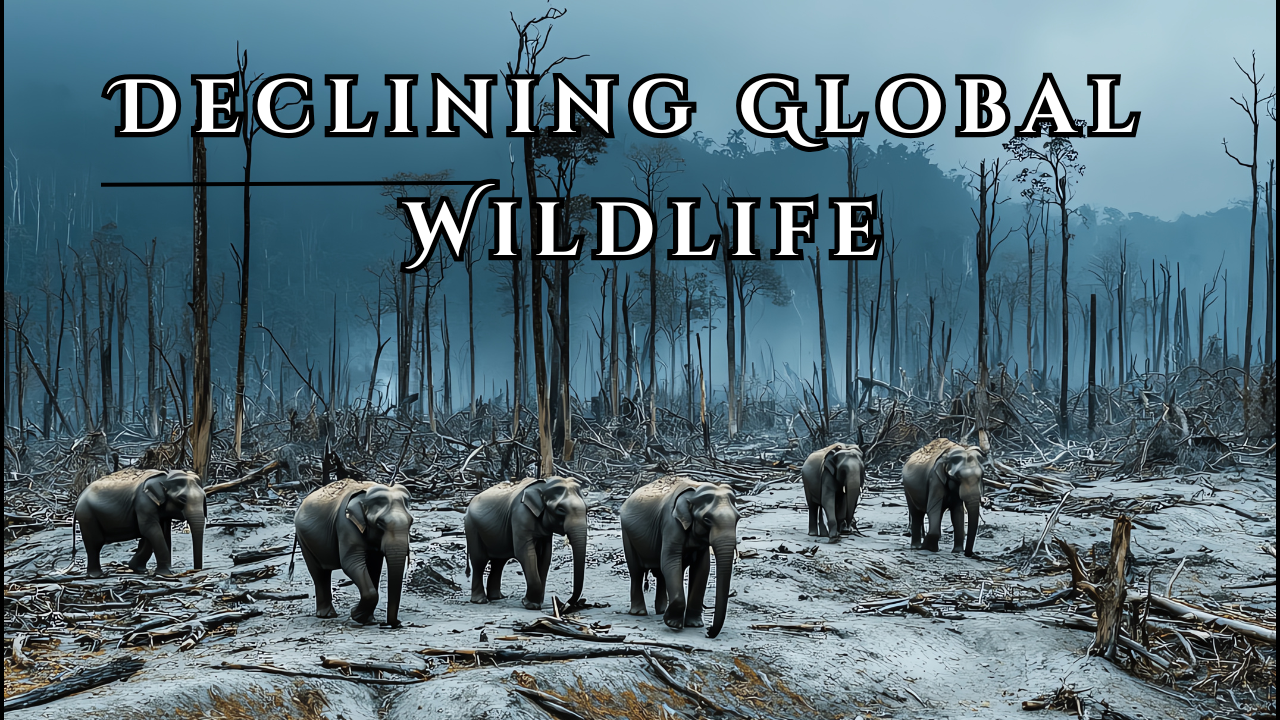Font size:
Print
World Rhino Day
Context:
Celebrated annually on 22 September since 2011, World Rhino Day raises awareness for the conservation of all five rhino species, addressing key issues like poaching, habitat loss, and fostering global cooperation for their protection.

World Rhino Day 2024:
- Theme: Each year, World Rhino Day adopts the overarching theme “Keep the Five Alive,” emphasising the urgent need to protect all five rhino species—White, Black, Greater One-Horned, Javan, and Sumatran—while addressing their most critical challenges.
Significance of World Rhino Day:
- Raise Awareness: Informing the public about the critical status of rhinos.
- Combat Poaching: Addressing the illegal killing of rhinos for their horns.
- Support Conservation: Encouraging international cooperation to preserve rhino populations.
- Ecological Importance: Highlights the role rhinos play in maintaining ecosystem balance.
- Tourism: Promotes sustainable wildlife tourism that supports conservation funding.

Rhino Population in India (2024):
- Greater One-horned Rhino Population: Over 4,014 rhinos, mainly in Assam’s Kaziranga National Park.
- Conservation Success: India and Nepal have seen a rise in rhino numbers due to concerted conservation efforts.
- Habitat Protection: Improved security in habitats has contributed to population growth.
Rhino Conservation in India:
- Anti-poaching Efforts: Patrols and stronger enforcement have significantly reduced poaching incidents.
- Translocation Programs: Relocating rhinos to safer areas has bolstered security and population recovery.
- Indian Rhino Vision 2020: Major initiative to stabilise and grow the rhino population through habitat management and protection.
Project Rhino in India:
- Objective: Protect India’s rhinos by combating poaching, improving habitats, and raising public awareness.
- Key Focus: Enhancing habitat management and strengthening law enforcement.
- Translocation Efforts: Moving rhinos to more secure areas for better protection.
Key Takeaways from the 2024 State of the Rhino Report:
- Poaching in Africa: Increased by 4% from 2022 to 2023, with 586 rhinos poached in 2023.
- Black Rhino Population: Declined slightly due to poaching in Namibia and South Africa.
- White Rhino Population: Growing in South Africa despite poaching pressures.
- Sumatran Rhinos: Two calves born in 2023, offering hope for this critically endangered species.
- Javan Rhino Poaching: Investigations into poaching groups revealed the killing of 26 rhinos between 2019 and 2023.
Importance of Rhino Population Data:
- Essential for Conservation: Accurate data helps identify risks of extinction and prioritise protection efforts.
- Challenges in Data Collection: Obstacles include political, environmental, and logistical difficulties.
- Confidentiality: Governments may withhold data to avoid aiding poachers or revealing negative trends.
Counting Rhino Populations:
- Different Methods: Vary by country and species; methods include camera traps, aerial surveillance, and tracking by vehicle.
- Resource Constraints: Many countries lack the resources for frequent and comprehensive assessments.
- Not 100% Accurate: All methods have limitations, but data is collected using the best available technology.
Greater One-horned Rhino:
- IUCN Status: Vulnerable, with a population of 4,014.
- Geographic Range: Found primarily in India and Nepal, with some sightings in Bhutan.
- Conservation Success: Population has grown due to strong government protection and trans-boundary management.
- Threats: Poaching, habitat loss, invasive species, and climate change.
Challenges in Rhino Conservation:
- Poaching: Continues to be a major threat, driven by demand for rhino horns.
- Habitat Loss: Invasive species and climate change are degrading rhino habitats.
- Political and Resource Limitations: Some countries struggle with conducting regular population counts due to a lack of resources or political will.



